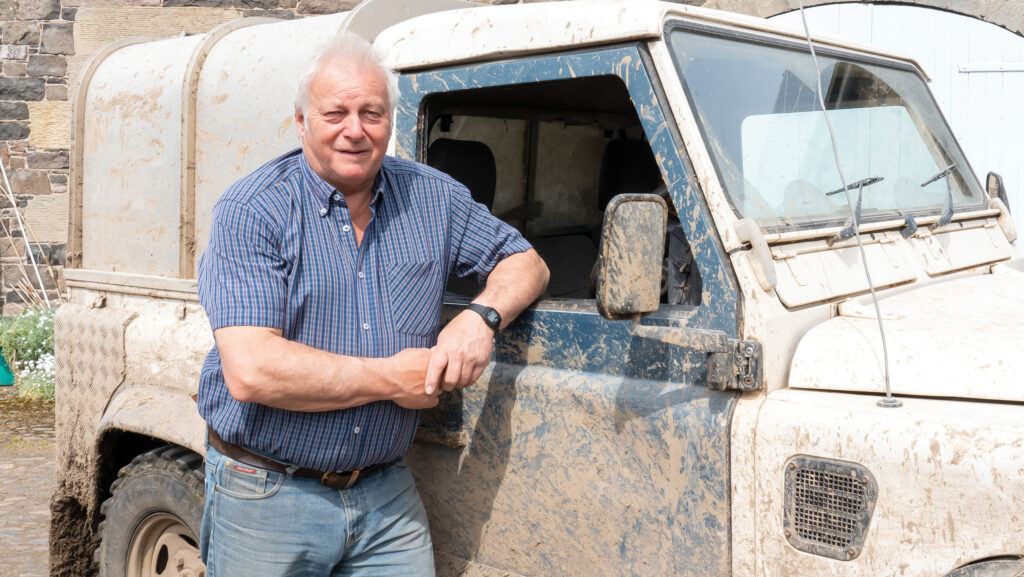Farmer Focus: Ready for calving, lambing and succession
 James Playfair-Hannay © Angus Findlay
James Playfair-Hannay © Angus Findlay Has spring arrived? I’m not sure. The daffodils and snowdrops appear to be later than usual, and are nature’s way of telling us that soil temperatures are still not very warm, despite it having been a mild winter.
With lambing and calving less than three weeks away, there is a little anxiety over the lack of grass growth. As March came in like a lamb, will it go out like a lion?
See also: Farm succession: Expert advice to ensure a smooth path
Both the cows and ewes have come in from the hills into their relevant calving and lambing accommodation. Most are in good condition for the time of year, all are now vaccinated and we are just waiting for the action to kick off.
We have reduced our calving period from 12 weeks to nine and are expecting a very busy first three weeks, with 260 cows plus 650 ewes to give birth.
Hopefully, by lambing in late March/April, we will have avoided the worst effects of the Schmallenberg virus, which appears to have caused carnage in several regions.
With my NFU Scotland hat on, I have been involved with tractor rallies, meeting with the local MSP and councillors. The local council is concerned about the unintended consequences of the UK Budget in a rural area that relies on farming.
I do not believe the ancillary agricultural businesses (as well as small family businesses in the towns) realise the impact that the change in regulations will have on their businesses.
We are continuing our succession planning, together with lawyers and accountants. With the impending changes next year, the original proposals will need to be adapted to meet legislation.
“It is an ill wind that blows nobody any good”, as they say. I think the lawyers and accountants have been very busy since Rachel Reeves’ announcements last October.
I am led to believe that with the fall in suckler cow numbers, there has been a reduction in emissions, which will help to meet Scottish government targets.
As I have said before, there are 70 million-plus people needing to be fed and watered. We must remain optimistic – and look for opportunities.
To finish on a positive note: the demand for red meat is still growing, which surely is an opportunity.

